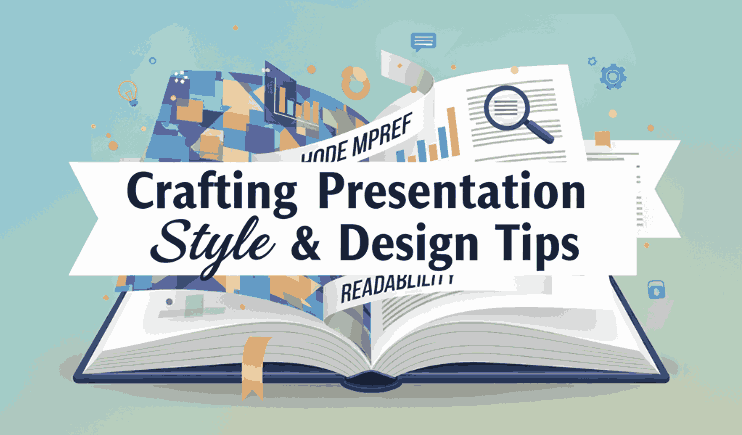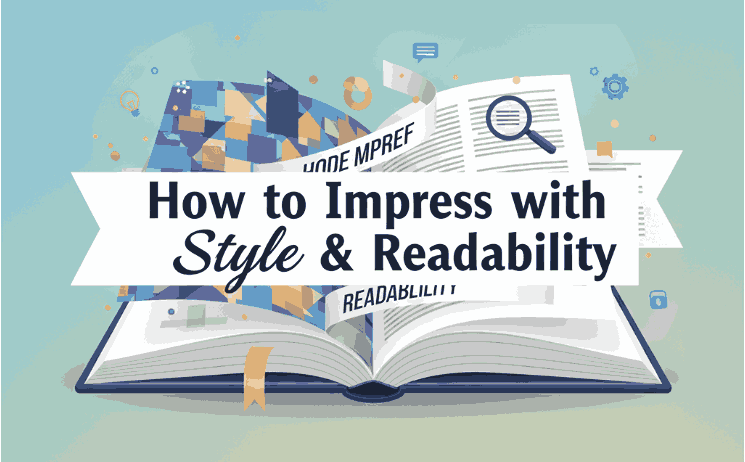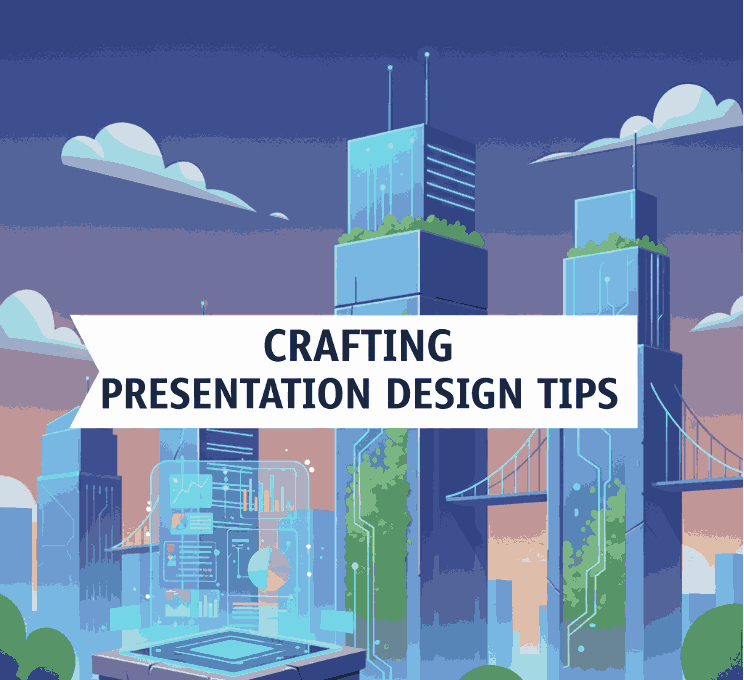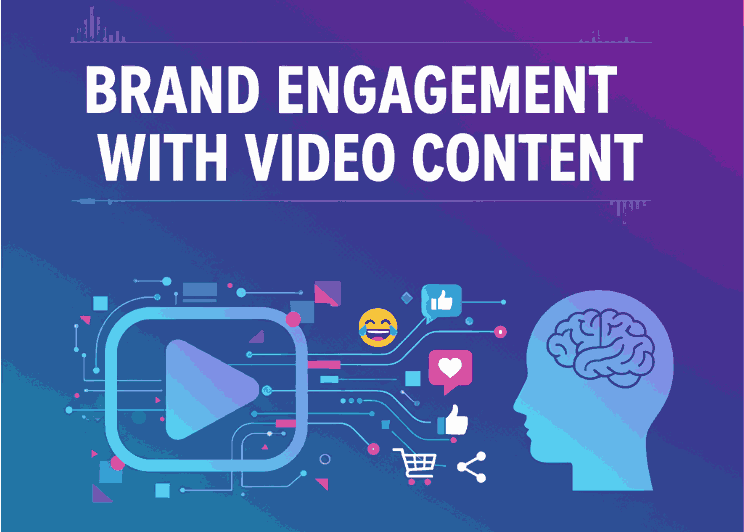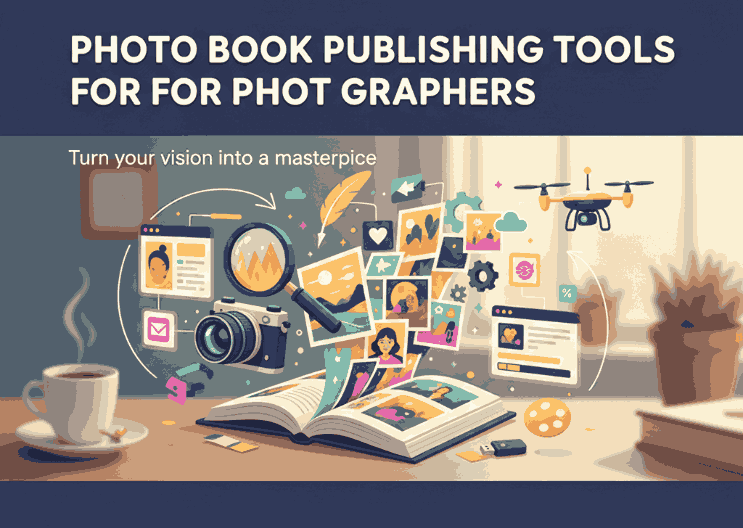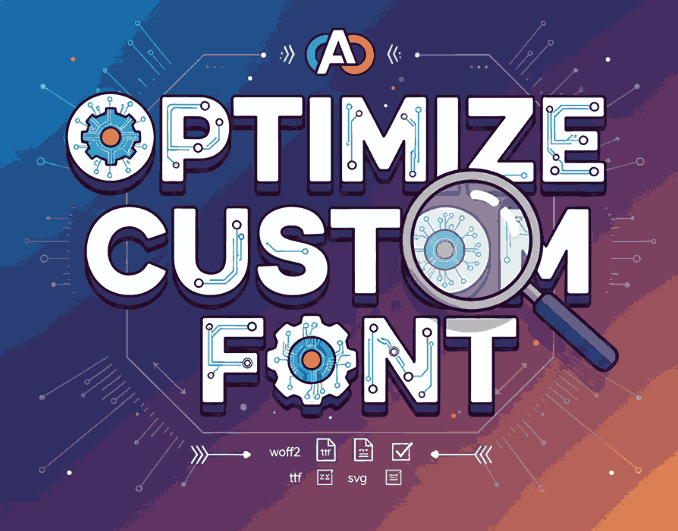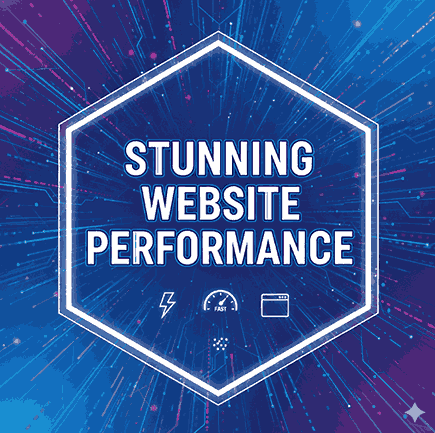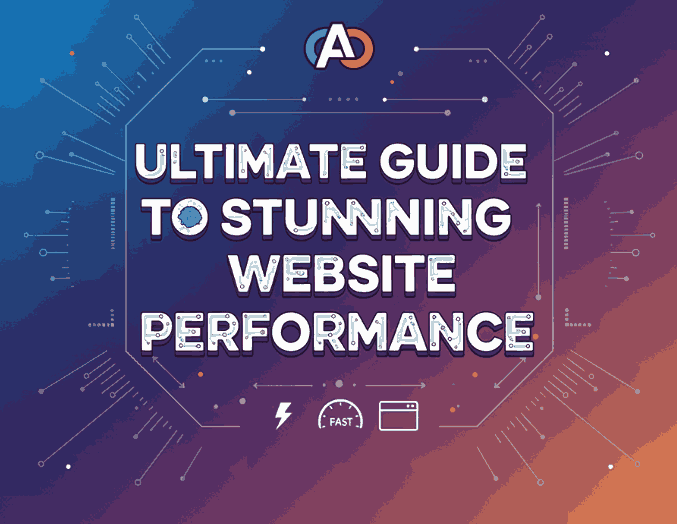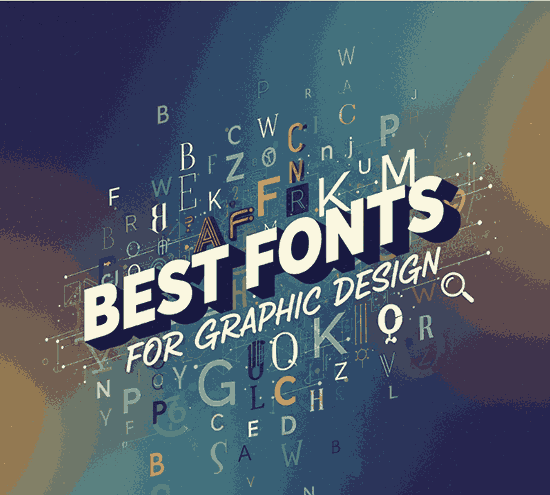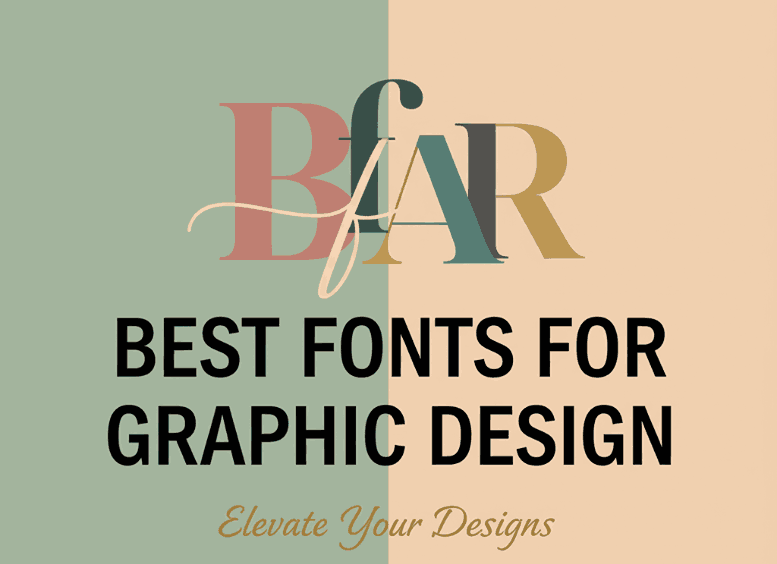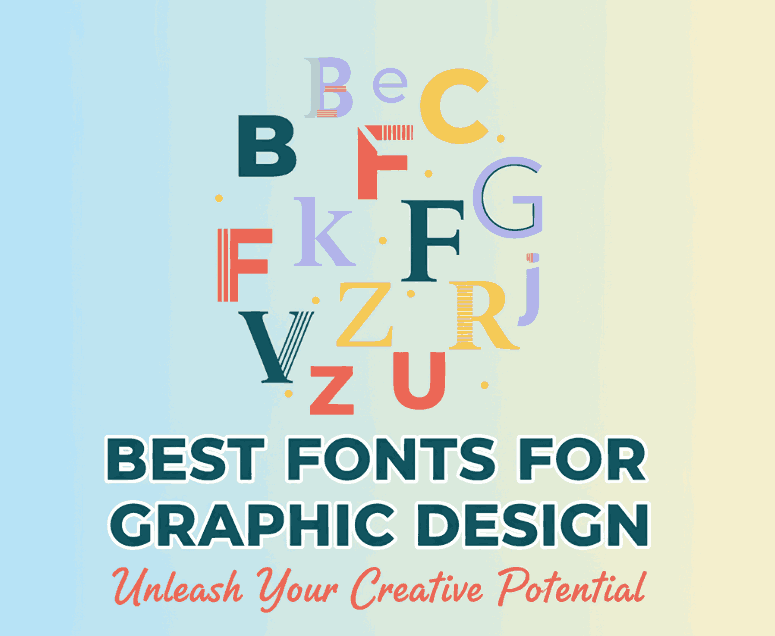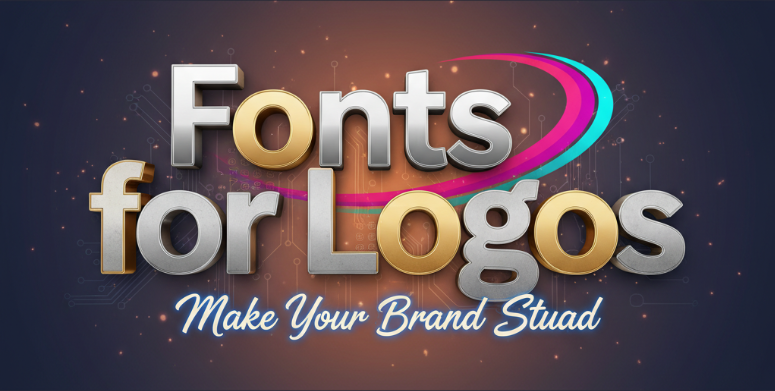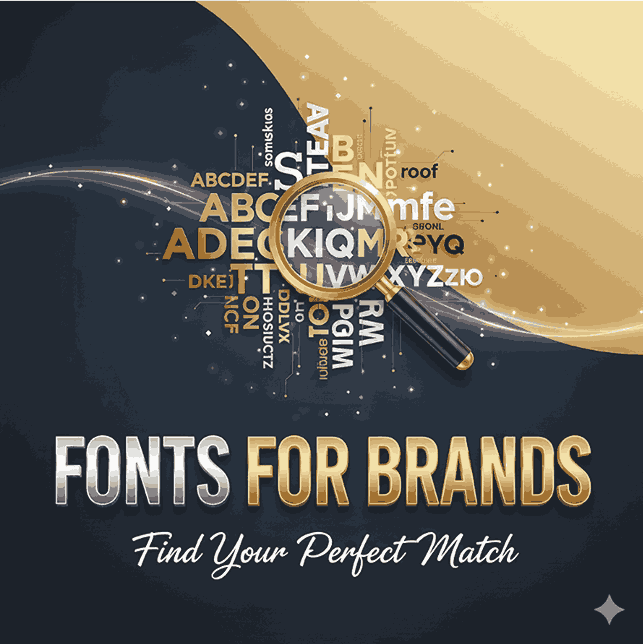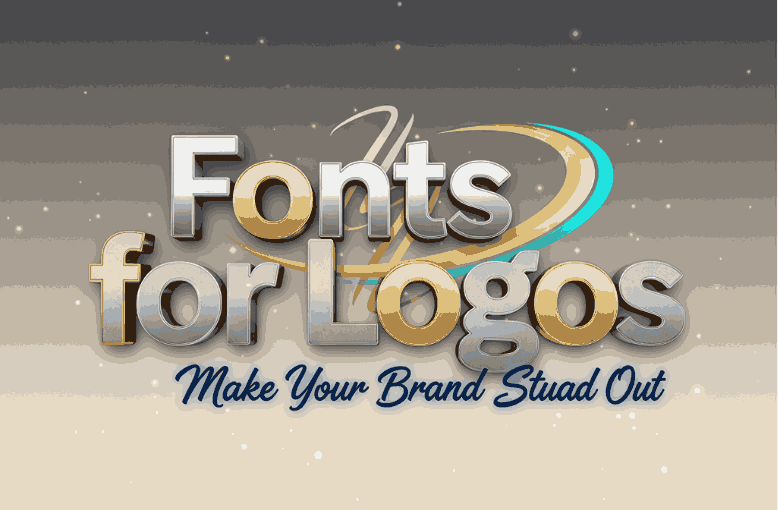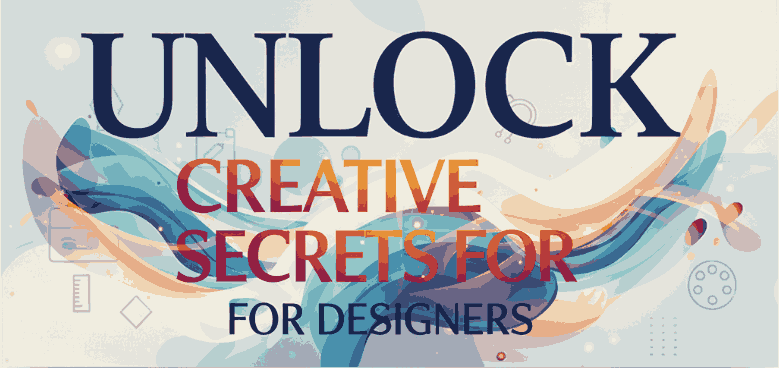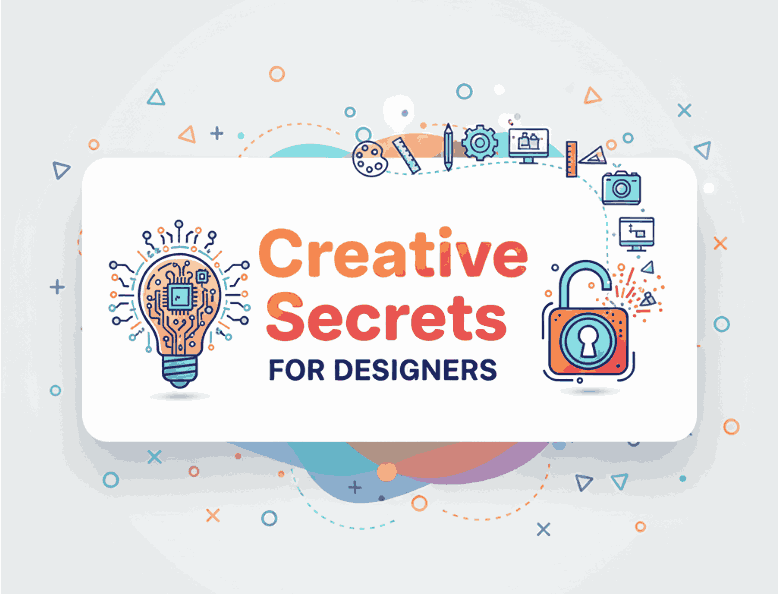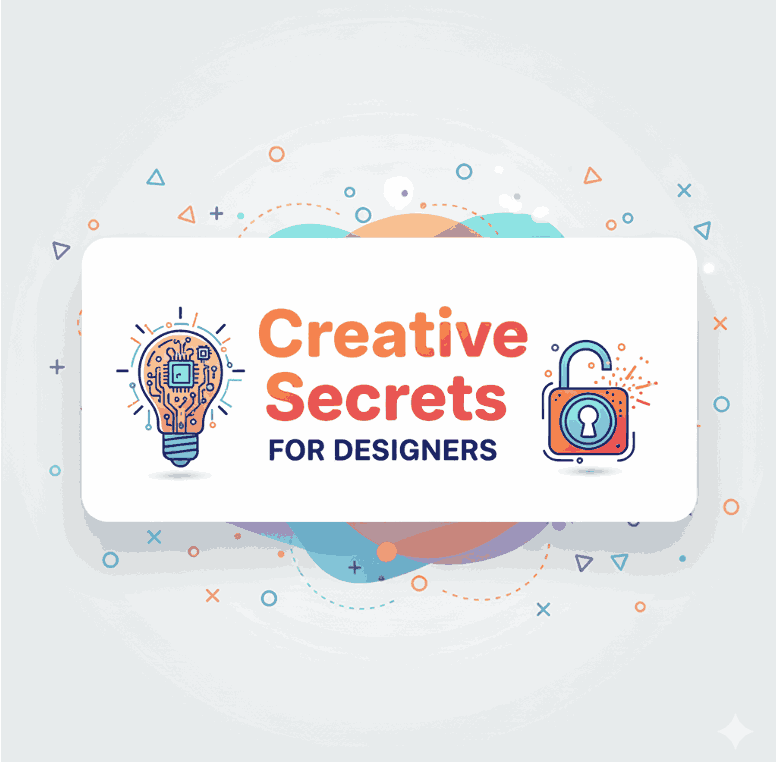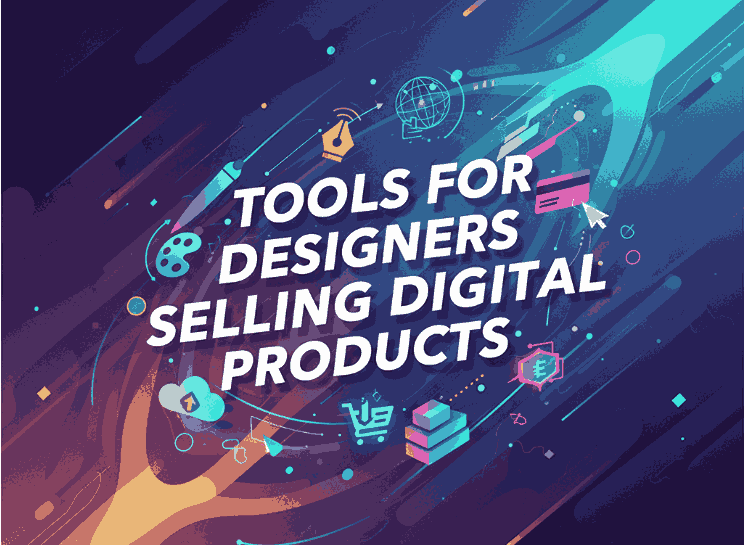
Table of Contents
- Introduction: Why Designer Tools for Digital Products Matter
- Understanding the Rise of Digital Products
- Essential Designer Tools for Digital Products
- Design Software
- Mockup and Presentation Tools
- E-commerce Platforms
- Marketing Automation Tools
- Analytics and Tracking
- Showcasing Your Work with Fonts and Mockups
- Marketing Strategies for Designers Selling Digital Products
- Balancing Creativity and Business
- References and Further Reading
- Conclusion
1. Introduction: Why Designer Tools for Digital Products Matter
Selling creative assets online has become one of the most profitable ways for designers to scale their work. Fonts, templates, graphics, and other digital goods are in constant demand. To succeed, you need designer tools for digital products that make the process easier—from creation to sales and marketing. This guide will help you explore the essential tools and strategies that can turn your creativity into a thriving business.
2. Understanding the Rise of Digital Products
Digital products have reshaped the design industry. Instead of being limited to client projects, designers can create once and sell multiple times. This model boosts income while providing flexibility. Whether you’re selling custom fonts, stock graphics, or presentation templates, the right designer tools for digital products will help you stay ahead in a competitive market.
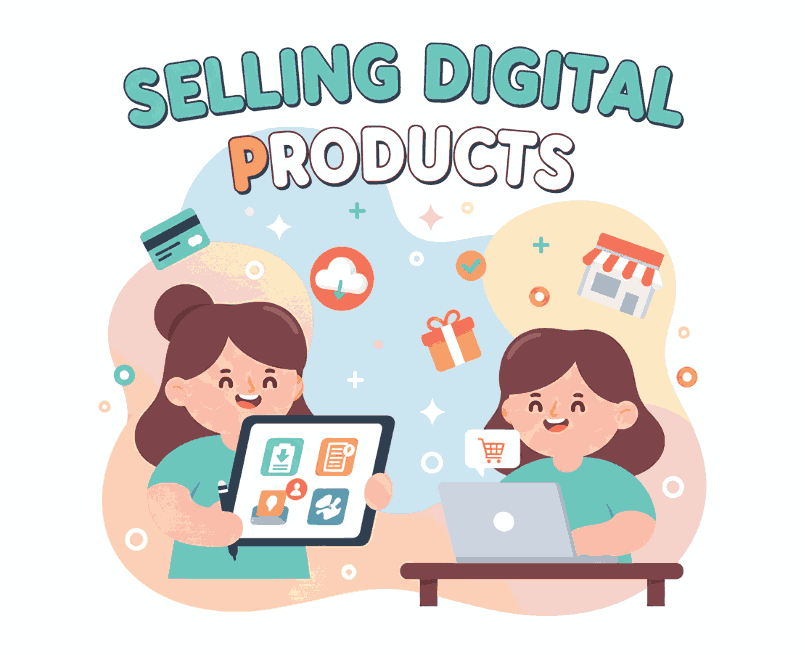
3. Essential Designer Tools for Digital
Design Software
Your creative process starts with robust design tools. Adobe Creative Cloud, Affinity Designer, and Figma are top choices. They provide flexibility and powerful features to produce professional-quality work.
Mockup and Presentation Tools
Mockups are essential for making your digital products stand out. Tools like Placeit or Smartmockups can enhance your product listings. For example, you can showcase your work using these fonts from our collection:
- Ganicha Brenie Font – A bold and stylish typeface, perfect for modern branding and statement designs.
- Annandale Font – Elegant script font with a classic touch, ideal for invitations and logos.
- Rostia Font – A versatile handwritten font that adds a personal and creative feel to your projects.
- Cupink Font – Playful and unique lettering style, great for posters, social media, and product packaging.
E-commerce Platforms
Platforms like Gumroad, Creative Market, and Etsy allow designers to sell their products directly. If you prefer control, integrating WooCommerce into your own website gives you more freedom and branding power.
Marketing Automation Tools
Mailchimp, ConvertKit, and Buffer help streamline your marketing efforts. From building an email list to automating social media posts, these tools help you reach the right audience.
Analytics and Tracking
Understanding your customers’ behavior is key. Google Analytics and Hotjar help track performance and optimize sales funnels.
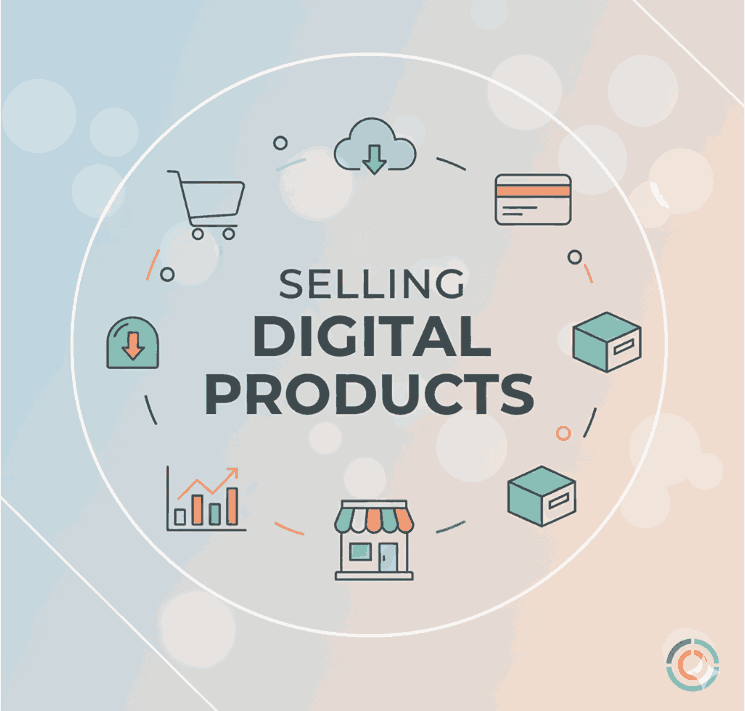
4. Showcasing Your Work with Fonts and Mockups
The way you present your digital products directly impacts sales. Professional mockups and well-designed previews can increase conversions significantly. Using high-quality fonts like those above not only adds value to your product but also sets your brand apart.
5. Marketing Strategies for Designers Selling Digital Products
- SEO Optimization: Use keywords like “designer tools for digital products” throughout your product pages.
- Content Marketing: Write blogs, guides, or tutorials to attract organic traffic.
- Social Media Promotion: Showcase your work on Instagram, Pinterest, and LinkedIn.
- Email Campaigns: Build relationships with customers by offering exclusive discounts.
- Collaborations: Partner with other designers or influencers to expand reach.
6. Balancing Creativity and Business
It’s easy to get lost in the creative side of design. However, successful designers treat their work as a business. Time management tools like Notion, Trello, and Asana can help you stay productive while ensuring creativity doesn’t suffer.
7. References and Further Reading
- Adobe Creative Cloud Official Website
- Creative Market Guide to Selling Digital Products
- Shopify Blog: How to Sell Digital Products
8. Conclusion
The digital marketplace is growing rapidly, and designers who leverage the right designer tools for digital products are setting themselves up for long-term success. By combining creativity with effective tools, mockups, and marketing strategies, you can transform your design skills into a sustainable business.

